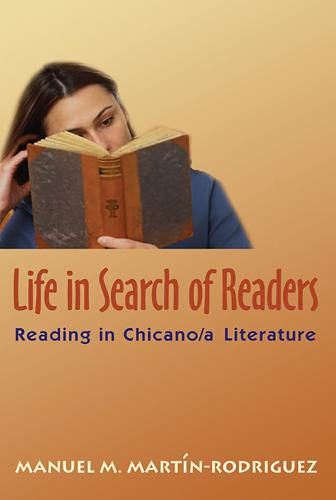Readings Newsletter
Become a Readings Member to make your shopping experience even easier.
Sign in or sign up for free!
You’re not far away from qualifying for FREE standard shipping within Australia
You’ve qualified for FREE standard shipping within Australia
The cart is loading…






Since colonial times, Chicano/a literature has varied with the authors' assumptions about the class and gender of their audiences, the linguistic choices available for literary communication, the geographic mobility of writers and readers, and the tastes they may have acquired in Mexico or other countries. In this examination of Chicano/a literature, Manuel M. Martin-Rodriguez analyzes the ways it connects with and is shaped by the interaction with its audiences.
Martin-Rodriguez begins this writing with an examination of the Chicano movement of the 1960s and 1970s, when the creation of Chicano-owned or controlled publishing enterprises made possible a surge of Chicano/a literature at the national level. He then concentrates on Chicana literature and "engendering" the reader and on linguistic and marketing strategies for a multicultural readership. Finally, Martin-Rodriguez provides a very thorough list of Chicano/a literature that he studied and recommends for the reader to consider.
$9.00 standard shipping within Australia
FREE standard shipping within Australia for orders over $100.00
Express & International shipping calculated at checkout
Since colonial times, Chicano/a literature has varied with the authors' assumptions about the class and gender of their audiences, the linguistic choices available for literary communication, the geographic mobility of writers and readers, and the tastes they may have acquired in Mexico or other countries. In this examination of Chicano/a literature, Manuel M. Martin-Rodriguez analyzes the ways it connects with and is shaped by the interaction with its audiences.
Martin-Rodriguez begins this writing with an examination of the Chicano movement of the 1960s and 1970s, when the creation of Chicano-owned or controlled publishing enterprises made possible a surge of Chicano/a literature at the national level. He then concentrates on Chicana literature and "engendering" the reader and on linguistic and marketing strategies for a multicultural readership. Finally, Martin-Rodriguez provides a very thorough list of Chicano/a literature that he studied and recommends for the reader to consider.